-
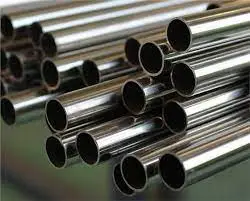
316L stainless steel pipe is a kind of hollow long round steel, which is mainly used in industrial transportation pipelines such as petroleum, chemical industry, medical treatment, food, light industry, mechanical instrument, etc., as well as mechanical structural components. In addition, when the bending and torsional strength are the same, the weight is lighter, so it is also widely used in the manufacture of mechanical parts and engineering structures. It is also commonly used to produce various conventional weapons, barrels, shells, etc.
-
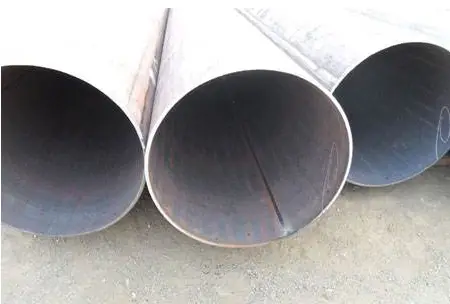
seamless steel pipe
-
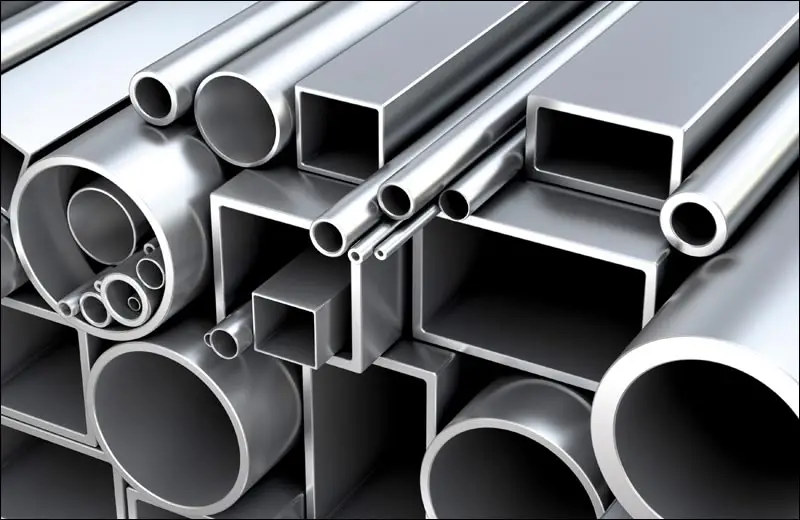
What are the classifications of stainless steel
-
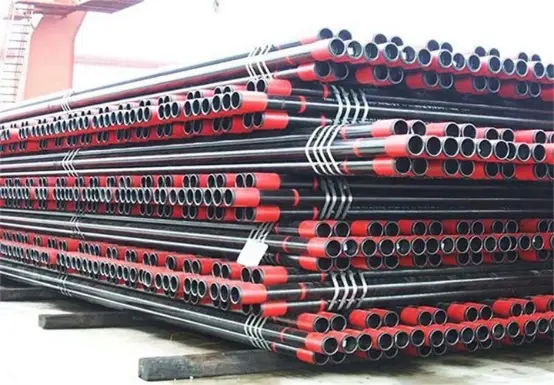
Oil casing knowledge
-

The difference between hot-dip galvanized steel pipe and cold-dip galvanized steel pipe
-
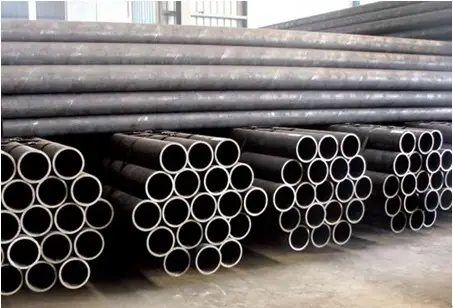
steel pipe china
-

What is a titanium alloy steel pipe
-
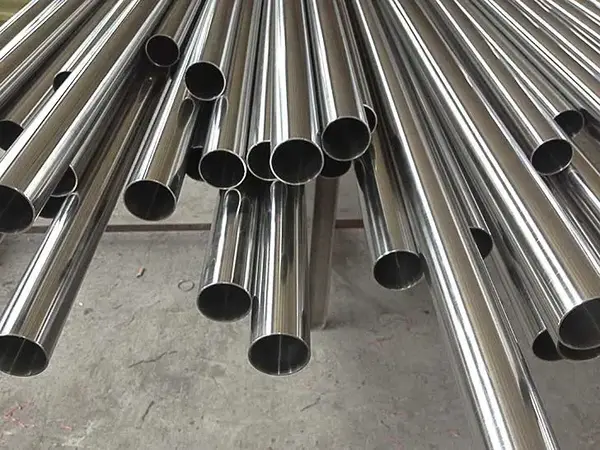
what are the advantages of stainless steel pipes
-
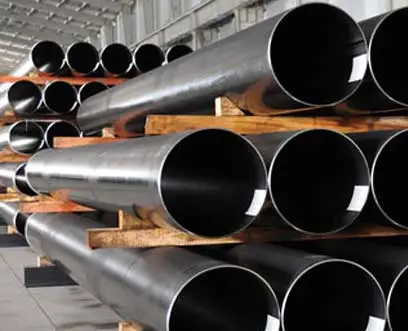
Seamless characteristics of ERW steel pipe
-

What is the difference between spiral pipe and other steel pipes?
-
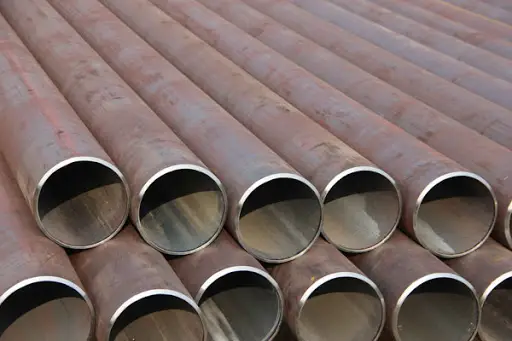
The seamless steel pipe is divided into cold drawn and hot rolled, but the surface has not been treated.
There are several types of seamless steel pipes. They are related to its material and implementation standards.
-
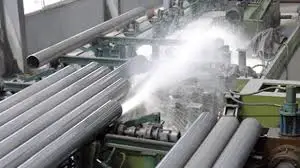
Spiral welded pipe hydrostatic test pressure
-
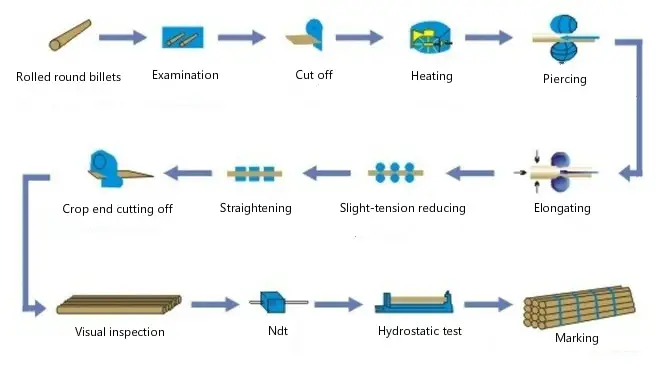
Production process of seamless steel pipe
-
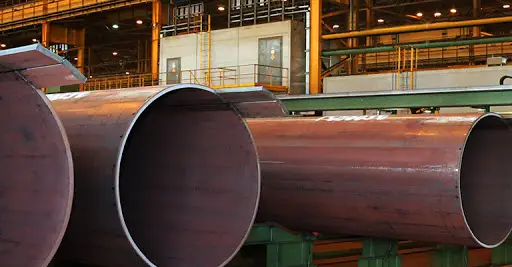
Comparison of spiral steel pipe specifications
-
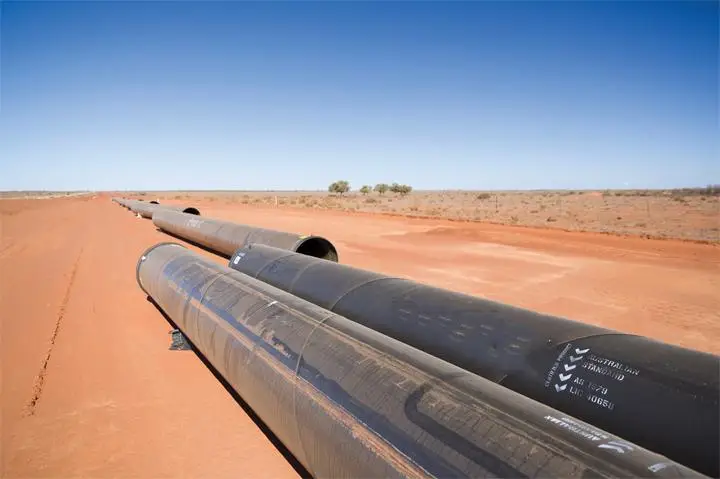
ERW stands for resistance welding. Resistance welding has the characteristics of high production efficiency, low cost, material saving, and easy automation. Therefore, it is widely used in aviation, aerospace, energy, electronics, automobiles, light industry and other industrial sectors. It is one of the important welding processes.
-
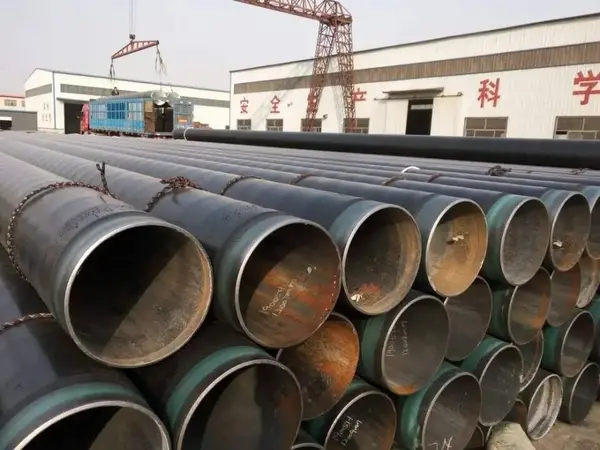
Large diameter hot rolled seamless pipe
-
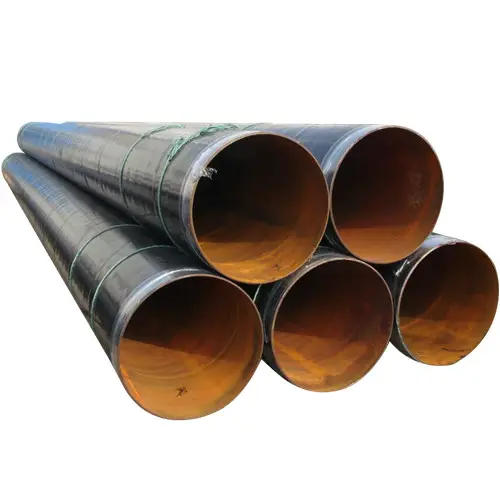
Introduction of commonly used steel pipes-steel-plastic composite pipes, large-diameter seamless steel pipes
-
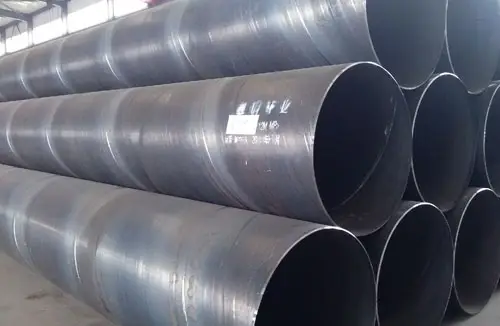
Submerged arc welding spiral steel pipe
-
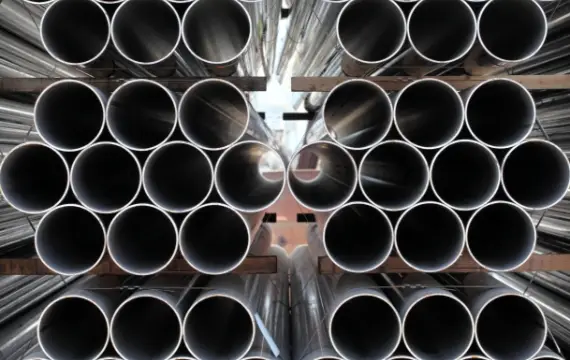
Steel welded pipe
-

The difference between seamless steel pipe and ordinary steel pipe
-
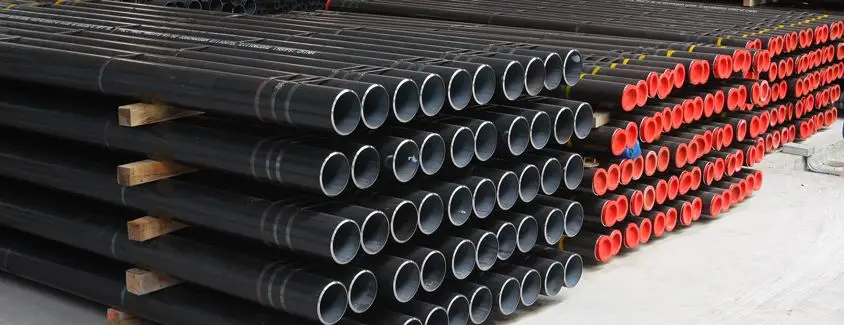
Knowledge summary of seamless steel pipes for tubing materials




















